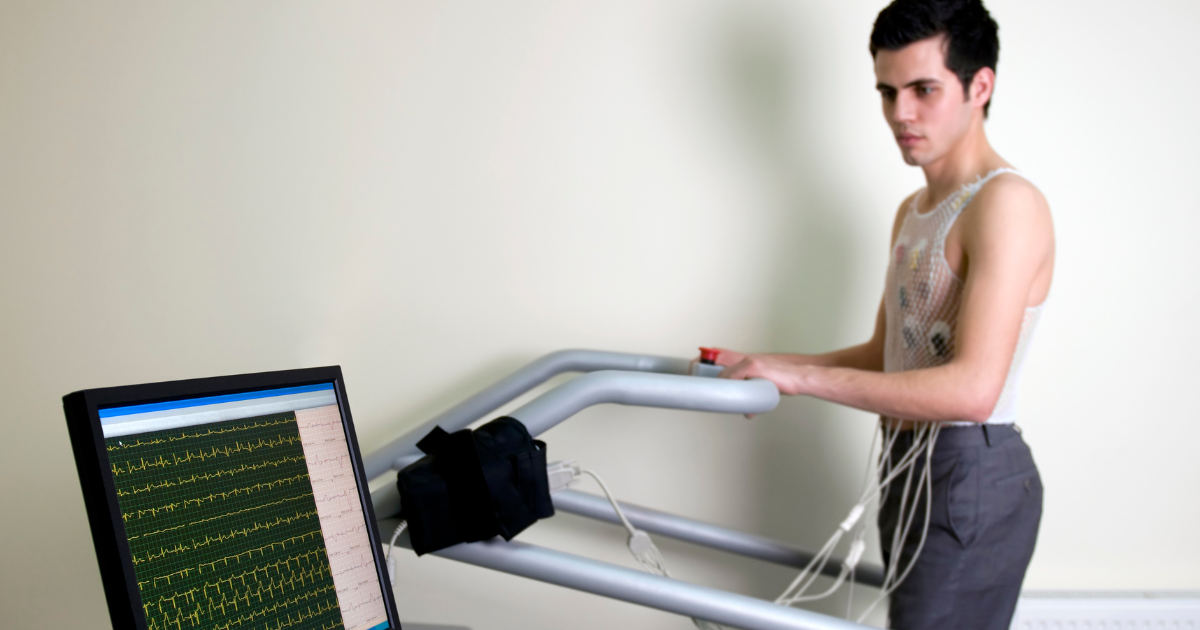If your job requires you to keep your shoulder motionless for an extended period, you are more likely to develop a disease known as a frozen shoulder. Frozen shoulder, also termed adhesive capsulitis, is a disorder that causes the shoulder to stiffen and pain, resulting in reduced shoulder and surrounding joint motion.
Although the reason for frozen shoulders is unknown, there are successful therapies for the vast majority of patients. Physiotherapy is vital in treating frozen shoulders, alleviating pain, and promoting healing.
Is Physiotherapy Effective For Frozen Shoulders?
Once an expert has assessed you, they will suggest a therapy for a frozen shoulder that focuses on alleviating pain and restoring the shoulder’s normal range of motion. Physiotherapy is well-known for its efficacy in achieving these two objectives.
Posture plays a significant role in rehabilitating a frozen shoulder. The immediate objective is to regain motion in the shoulder joint. The quicker this is accomplished, the greater the likelihood of a speedy recovery.
Heat and ice physiotherapy for frozen shoulders may also be helpful for specific individuals.
Frozen Shoulder Diagnosis
Most of the time, physical therapists don’t see people with adhesive capsulitis until late in the freezing phase or at the beginning of the frozen phase. Therapists can discover the signs and symptoms of adhesive capsulitis in patients with other shoulder disorders.
Physiotherapists undertake several clinical examinations to determine a patient’s condition. The shoulder joint, capsule and surrounding muscles are evaluated, and a diagnosis of a frozen shoulder is made if a specific pattern of mobility loss is observed.
Usual signs of a frozen shoulder include the following:
- Unable to reach beyond shoulder height
- Incapable of throwing a ball
- Incapacity to swiftly seize an object
- Lack of ability to reach behind the back to clasp a bra or tuck a shirt
- Inability to reach to one’s side and back to fasten a seatbelt
- Unable to sleep or lie on one’s side
Phases of Frozen Shoulder
Freezing – During the freezing period, pain is frequently at its worst, and patients in this phase might benefit from learning pain-relieving measures. These workouts involve modest shoulder mobilization within the range of tolerability. A heat or cold pack can be applied as a pain-relieving treatment before beginning these workouts. It is essential to avoid aggravating a frozen shoulder since forceful extending beyond the pain threshold can result in poor outcomes, especially in the early stages of the ailment.
This phase could last two to four months.
Frozen – The early stages of this stage might be painful, while the later stages are characterized by a severe reduction in range of motion. Pathologically, this occurs when there is a decrease in inflammation and extensive fibrosis (scarring) of the capsule and ligaments. At this level, muscle-strengthening exercises are introduced to the routine to maintain muscle strength. Isometric or static contractions do not need joint movement and can be performed without worsening shoulder pain.
This stage may extend between 4 and 12 months.
Thawing – During the thawing process, your movements will gradually return to normal. The discomfort and stiffness disappear. Physiotherapy is the appropriate treatment for this phase of recovery. After several months of inactivity, shoulder laxity is considerable. Therefore, it is crucial to perform strengthening exercises. The patient can execute more mobility exercises and stretches with longer holding durations than the frozen period.
The phase could extend between 12 and 24 months.
How painful is Frozen Shoulder?
In the beginning, it might be quite painful. When the arm is suddenly moved or yanked, severe pain is felt in the shoulder, typically accompanied by a dull soreness. It frequently disrupts early-stage sleep and might be challenging to ignore during the day.
Conclusion
Physiotherapy is an effective treatment for painful frozen shoulders. It can reduce the need for surgery and accelerate the healing process. The outcomes of physiotherapy are not instantaneous but relatively gradual. Gradually, adaptability will grow.









